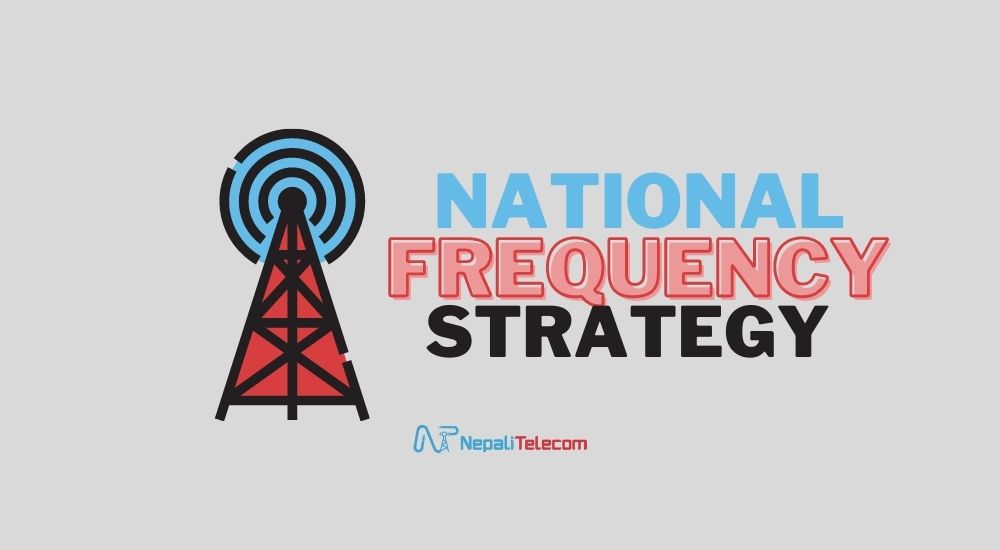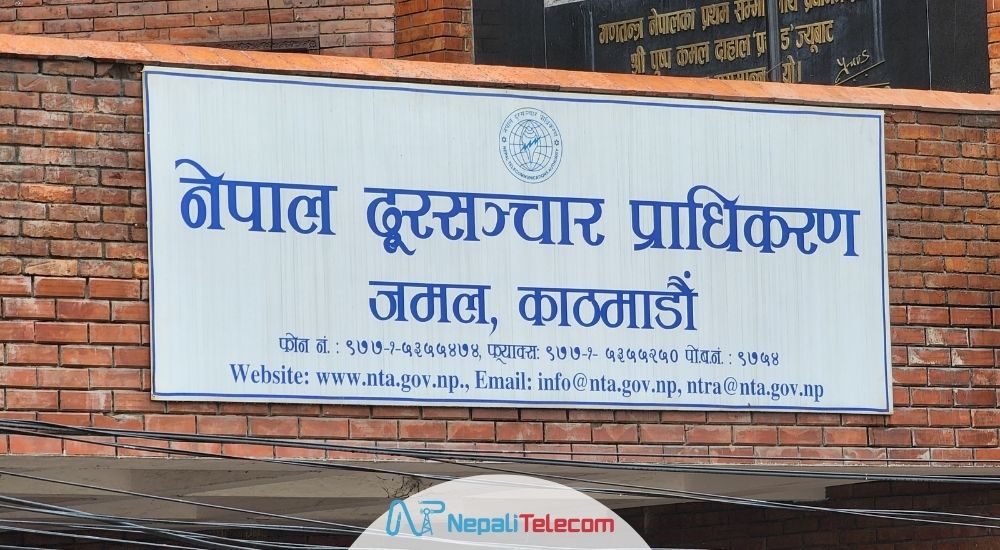Nepal Telecommunication Authority (NTA), the nation’s telecom regulator has been formulating a national strategy for frequency management. After studying spectrum management for the telecommunication sector and the possibility of additional spectrum for new mobile technologies (4G, 5G), they have prepared a draft of the National frequency strategy of Nepal. As known, the frequency strategy focuses on minimalism in frequency allocation and optimum utilization. Further, NTA seeks opinions, suggestions, and feedback from all stakeholders, while publicizing the draft.
Read more: NTA refarming 900 MHz spectrum band
Frequency is a scarce and expensive resource for a telecom operator. The regulator shall devise a strategy to allocate the frequency efficiently. This shall maximize the revenue for the government while providing sufficient bandwidth to the telcos as per requirement. The integrated national spectrum strategy was envisioned when the government decided to go for 5G trials, on Chaitra, last year.
How has NTA prepared the national frequency strategy?
NTA has formed a sub-committee under the coordination of Director Amber Sthapit to prepare the study report.
According to the director, this frequency strategy has covered several issues that have been interfering with the process of frequency allocation. In fact, the report mainly concerns the roadmap of spectrum for current and future cellular technologies, frequency management, and maintaining transparency about it.
Furthermore, the study also focuses on methods to find out which current frequency is available and which of the existing frequencies can be used for a particular mobile technology. Similarly, they will also study the possibility of using some of the currently unused frequencies for cellular technologies.
The authority has now requested all stakeholders to send suggestions to NTA within 15 days. You can either submit your suggestions by visiting NTA at Rastriye Nach Ghar, Jamal, Kathmandu or send an email to ppaudyal@nta.gov.np, pmdahal@nta.gov.np.
Check out: Frequency spectrum bands for 2G, 3G, 4G in Nepal
National Frequency strategy to form a base for frequency distribution
Now that Nepal is preparing to roll out a 5G network for the test, the telecom operators require frequency from a particular spectrum band. The telecom operators are awaiting frequency spectrum allocation from NTA for 5G.
In such circumstances, NTA has come up with a draft of frequency strategy. Later they will continue with the roadmap of frequency allocation. NTA has already conducted a study for a roadmap of frequencies in the past. Recently NTA Chairman also presented Nepal’s 5G spectrum roadmap and development plan on an international platform.
The study committee has prepared a draft of the frequency strategy that includes the roadmap. After getting the suggestions, they will try to incorporate those in the report. Finalizing it, they will propose the strategy to the National Frequency Policy Determination Committee under MoCIT. The authority has stated that the frequency strategy will come into effect as soon as the committee passes it.
Here are some of the features of the National frequency strategy.
Technology Neutrality
Technology neutrality permits the use of allocated spectrum for any technologies (2G, 3G, 4G, 5G). That means any association between spectrum band and technology/service shall be avoided. So, telcos are free to operate any technology on a particular spectrum. The regulator believes this will maximize the utilization of the spectrum while increasing the business opportunity of telcos.
NTA has already started providing this tech neutrality license. Recently NTA awarded 900MHz as tech neutral band to Ncell, after which it operates 4G in the band. Check out more on Ncell 4G in the 900 MHz band.
700 MHz, 800MHz, 850 MHz, and 900MHz for low band spectrum
NTA has added the 700 MHz band as a low-frequency band (sub 1GHz) to utilize for 4G/5G. The APT band will have a total of 45 MHz with a minimum allocation of 5 MHz and a maximum of 15 MHz.
As there exists an overlap in 700 MHz, 800 MHz, and 850 MHz, the full bandwidth cannot be assigned. So, only 45 MHz FDD in the 700MHz band and 15MHz FDD in the 800 MHz bands can be allocated. For further assignments, they will perform a proper study to avoid any interference.
NTA selects 700 MHz and 800 MHz bands to use for primary coverage layer in 5G.
NTA has also set a threshold for not to allocate bandwidth beyond 25 MHz for a telco in Sub 1GHz band. They will take a further decision for the 850MHz band after the CDMA shutdown and performing more studies.
The draft includes NTA’s plan to refarm 900MHz and encourage telcos to use it for the latest technologies (4G/5G).
2100 MHz for 4G
As the prime band (1800MHz) is almost taken, NTA shall encourage telcos to utilize 2100MHz for 4G. It will be a capacity band for telcos that will help to meet the traffic demand in 4G.
2300MHz, 2600 MHz for 5G
NTA has selected 2300 MHz and 2600 MHz as the primary band for 5G technology in Nepal. They believe the bands provide the best compromise between coverage and capacity. Those of these bands will be utilized as a TDD band with a maximum of 100MHz assigned to a telco.
For 3700MHz (n77) and 26GHz mmWave (n258), NTA to study more to open it only when there is a demand for high speed 5G network. They believe 700MHz, 800 MHz, 900 MHz, 1800 MHz, 2100 MHz, 2300 MHz, and 2600 MHz meets the current demand in Nepal.
Lastly, the regulator has prepared a spectrum roadmap to open up spectrum assignment with an auction. 700MHz (n28), 2300MHz (n40), 2600MHz (n41), and a part of 3.7GHz (n77) will be opened for auction.
What are your thoughts on NTA seeking suggestions for a national frequency strategy in Nepal for all cellular technologies (2G, 3G, 4G, and 5G)? Tell us in the comment section below.













